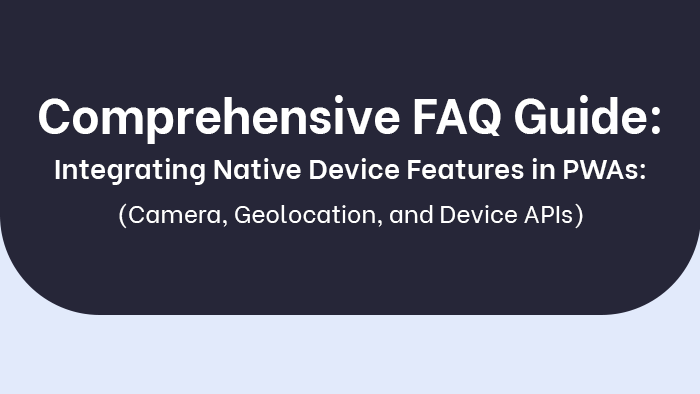As spatial computing takes center stage with the arrival of visionOS, developers now have the opportunity to create truly immersive experiences on Apple Vision Pro. Leveraging the power of Apple’s RealityKit and its integration with SwiftUI, developers can bring their apps to life with stunning 3D elements, depth, and an infinite canvas. In this blog, we will explore the capabilities of RealityKit and dive into the best practices for building immersive experiences on visionOS.
Unleashing the Power of RealityKit:
RealityKit is Apple’s powerful 3D rendering engine designed specifically for visionOS. With its intuitive API and seamless integration with SwiftUI, developers can harness the full potential of 3D graphics and create visually stunning and interactive experiences.
Incorporating 3D Elements into Your Interface:
One of the key aspects of building immersive experiences is the thoughtful integration of 3D elements into your app’s interface. Whether it’s augmenting windows with 3D shapes and meshes or displaying objects in the user’s surroundings, 3D elements can enhance user engagement and provide a new level of interactivity. Think about how you can incorporate depth into your app’s windows and when it might be appropriate to add volumes or immersive scenes.
Utilizing Depth and an Infinite Canvas:
One of the unique features of visionOS is the ability to utilize depth to create powerful moments of immersion. By leveraging the depth capabilities of Apple Vision Pro, you can design interfaces that extend beyond the screen, allowing users to interact with objects in a more natural and intuitive way. Additionally, the infinite canvas feature enables seamless exploration of 3D environments, providing a sense of continuity and freedom within your app.
Best Practices for Creating Memorable Moments of Immersion:
To create truly memorable experiences, it’s important to consider some best practices for designing immersive interfaces:
- Consistent User Interface: Ensure a consistent user interface by following Apple’s design guidelines and leveraging the familiar SwiftUI components. This helps users feel comfortable and familiar with the interface while enjoying the immersive elements.
- Performance Optimization: Optimize your app’s performance to ensure smooth rendering and interaction with 3D elements. Minimize unnecessary computations, utilize level-of-detail techniques, and leverage RealityKit’s built-in performance optimizations.
- User Guidance: Provide intuitive guidance and feedback to help users navigate and interact with the 3D elements. Use visual cues, animations, and audio cues to guide users through the immersive experience and make interactions more intuitive.
- Contextual Interactions: Design interactions that are contextually relevant and aligned with the 3D environment. Consider how users would naturally interact with objects in the real world and replicate those interactions in your app.
Conclusion:
With the arrival of visionOS and the power of RealityKit, developers have an incredible opportunity to create immersive and visually captivating experiences on Apple Vision Pro. By incorporating 3D elements into your app’s interface, utilizing depth and the infinite canvas, and following best practices for creating memorable moments of immersion, you can provide users with an unparalleled spatial computing experience. Explore the capabilities of RealityKit, experiment with 3D elements, and let your creativity soar as you build engaging and immersive apps for visionOS.

